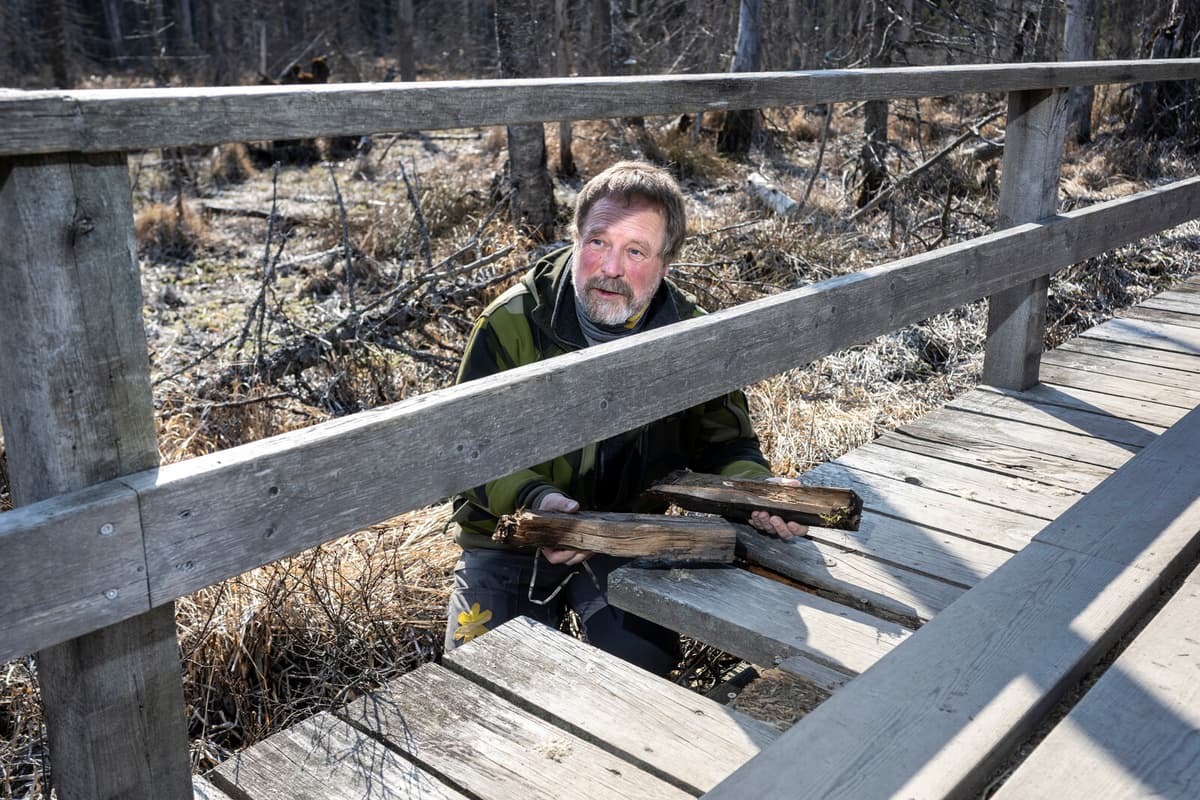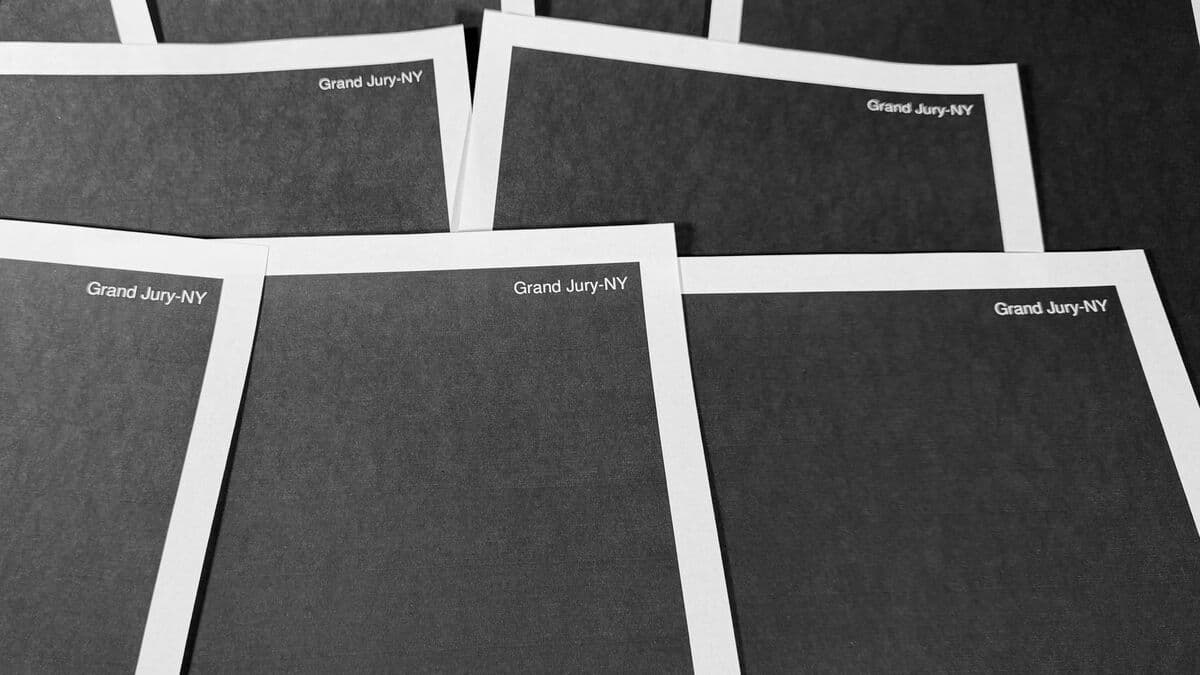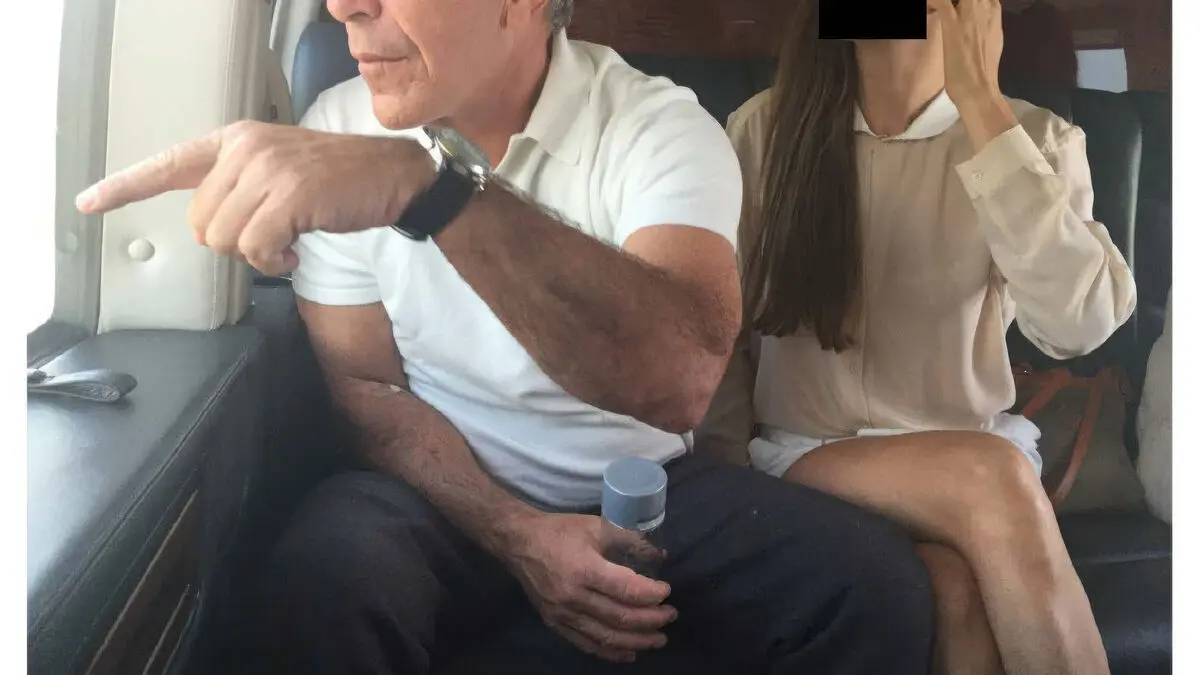In Tyresta National Park, south of Stockholm, it's quiet. The brooks' gentle flow sounds like spring, and the birds reveal that winter is finally over this time. With the arrival of spring, the number of visitors to the park also increases. Jonas Ekstrand, national park manager and CEO, is concerned.
We're patching and repairing as best we can. But unfortunately, we've had several cases where visitors have injured themselves due to neglected maintenance work.
According to calculations from the Outdoor Association and the Swedish Tourist Association (STF), the allocation for maintenance and outdoor infrastructure in state-owned nature reserves and national parks has decreased by a total of 59 percent during the current mandate period. They arrived at this figure after inflation-proofing the numbers and breaking out posts that affect maintenance and infrastructure in parks and reserves.
Tyresta National Park has over a million visitors per year and is known for its primeval forest. It is surrounded by Tyresta Nature Reserve, and together they cover 5,000 hectares with 55 kilometers of hiking trails. Local bus lines run to some of the entrances, and the park has been accessible to wheelchairs and strollers.
But that's no longer the case. Some bridges and boardwalks have deteriorated so much that we've had to remove them to avoid risking further injuries, says Jonas Ekstrand.
Becomes a class issue
When accessibility decreases, the nature experience risks becoming a class issue, as only certain groups have the opportunity to get there.
In the end, the cuts lead to fewer people being able to get out into nature, says Maria Ros-Hjelm, STF's general secretary.
She describes reports from associations across the country about lacking resources for everything from emptying trash cans and toilets to maintaining barbecue areas.
If we want to improve public health and reduce sedentary behavior, it's not just a matter of investing in competitive sports. Nature is the most important place for Swedes' physical activity and recreation, says Kristina Ljungros.
County administrations lack resources
The Swedish National Audit Office has found in an audit that county administrations lack resources to maintain natural values and make protected areas accessible to visitors. They believe that county administrations are building up a maintenance debt.
The parliamentary-appointed Environmental Objectives Committee believes that 1.6 billion kronor per year is needed for Sweden to manage valuable nature. As it stands now, maintenance will continue to fall behind.
It's great that the government is now investing in outdoor activities for the elderly, for example. But in the long run, the budget allocations for managing protected nature and outdoor infrastructure have been reduced, says Maria Ros-Hjelm.
1.6 billion kronor per year is needed, according to the Environmental Objectives Committee, to manage protected nature and make it accessible to visitors.
150 million kronor per year is estimated by the Environmental Objectives Committee to finance outdoor infrastructure in protected areas.
The government is investing an additional 100 million kronor in 2025 in nature reserves and national parks – but the allocation level remains the same, as it replaces a previous reinforcement.
The allocations for outdoor activities and infrastructure have decreased by 59 percent during the current mandate period.
The number of protected areas has increased significantly, and in combination with inflation, the allocation in real terms per protected area has decreased by 43 percent since 2018.
The Swedish Environmental Protection Agency received nearly 1 billion kronor less in 2025 than the agency had requested to manage Sweden's most valuable nature.
The LONA grants for local environmental projects have decreased by 74 percent since 2022.
The proportion of the Swedish population that spends time in forests and fields every week is increasing and was 40 percent of the population in 2022, according to the Statistics Sweden.
Source: The Outdoor Association, Swedish Tourist Association
Climate and Environment Minister Romina Pourmokhtari (L) writes in an email to TT that "When this government took office, a tight budget was presented, which primarily aimed to combat inflation. The allocation is now at the same level as it was during the period 2019-2020. The government has now increased the allocation by 100 million kronor per year for 2025-2027 to strengthen the management of nature reserves. Last year, the government also invested an additional 30 million kronor in the management of valuable natural environments and species in cultural landscapes."
In the audit report "Management of Protected Nature" from 2024, it appears that there are strong indications that the goals for management set by the Riksdag will not be met.
The Swedish National Audit Office believes that there is a discrepancy between what county administrations can achieve within the framework of allocated funds and the goal of having a high level of ambition in management. County administrations do not have sufficient resources to manage protected areas so that natural values are maintained or increased, and so that areas are made accessible to visitors to a large extent.
The Swedish National Audit Office also concluded that the Swedish Environmental Protection Agency's guidelines for managing protected nature do not meet the needs of county administrations for operational support.
Source: Swedish National Audit Office





